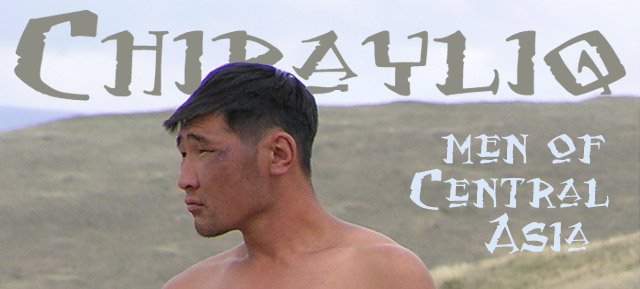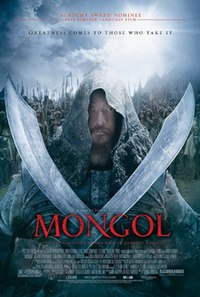
Before his career as leader of the Finnish armed forces, before there was an independent Finland, Mannerheim travelled as an "explorer" (in reality, a spy for the Russian military) through Central Asia. The folk tales claim that he brought back a Kyrgyz man who was his servant - and his secret lover. This detail in the animation appears to be tastefully rendered - the Kyrgyz is equipped with handsome cheekbones and giant butterfly wings, and rides side-saddle on Mannerheim through the steppes - no, nothing awful: in this scene, Mannerheim is a centaur.

Uralin Perhonen has shocked so-called patriotic Finns - certain old angry men, I mean politicians, have even demanded, "off with her head!" The same people usually argue that Mannerheim defended Finland's freedom in 1918, 1939 and 1941 - I wonder if their "freedom" is the same as mine. It certainly sounds more like the "freedom" offered by Mannerheim's favourite enemy - shut up and do what you're told.
Because... no matter if you believe the old folktale, is it more important to respect your idol more than other peoples' memories? These folk tales are the silent ones' way of dealing with a painful past. No wonder Lillqvist was praised at Prix Italia in Milan - Italians should know that art is the first thing to be oppressed and abused by the powerful. The power of the image is intimidating. Nobody complained when the same story was aired on public radio in 2004!
Returning to Chirayliq mode, and I know I may get flamed for this, but one cannot blame Mannerheim for hiding in his closet, if the closet contained a handsome Central Asian man like the Butterfly of the Urals.











